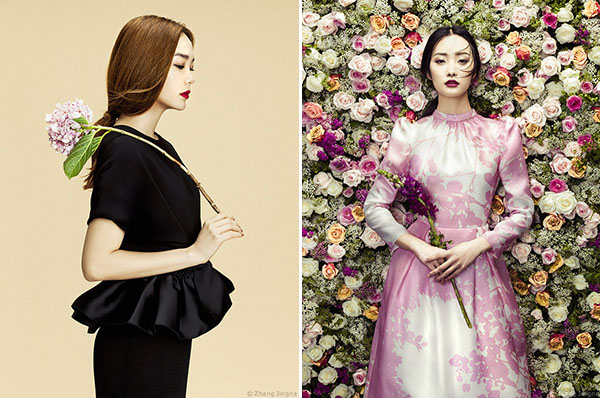Tips & Tricks

Animals In the Snow, Ice And Cold
Photograpy Techniques How To |
Too many photographers let their cameras act like bears in the winter - they hibernate. If you’re into nature photography, dust it off, charge up the batteries and get outdoors. When there’s snow on the ground, opportunities abound. Winter sun is lower in the sky so good light lingers for a longer period of time and sunrise and sunset times are much more tolerable for those who enjoy their sleep.
The Obvious: Dress warm. If you’re cold and miserable, your images will show it. Your mind and body’s only thought will be the warmth of the car. It’s essential to keep your fingers, toes and head warm. A good fleece hat will toast the head but I also wear a hoody so if it gets really cold, I flip the hood over the hat and cinch up the strings. I keep my toes warm with a thick pair of fleece socks and good cold weather boots. IMPORTANT: don’t over tighten the laces as a tight boot prevents blood flow to the toes. If the forecast calls for very cold temps, I add a pair of silk liners and toe warmers. For my hands, I first slip on a pair of thin glove liners over which a pair of fold back mittens is placed. A hand warmer goes in the fold back compartment. While I can expose all of my fingers if I want, the only one that sees daylight on a very cold day is my shutter finger. I recently bought a pair of heated glove liners that are warmed with battery powered coils. I look forward to using them this winter. By all means, dress in layers. As the sun begins to warm you up, peel away what you don’t need.
 |
Why Winter, Why Snow? Most mammals look better in the winter in their thick coat as they look bigger and broader. As with any subject, the better they look, the better the image. If you’re lucky enough to live in an area with fox, document them throughout the seasons. I followed a family from fall through summer and when the hot weather arrived, I recognized the face of the adult but I couldn’t believe how thin and less photogenic he looked. In the winter, the male ducks at local parks and ponds are already in their breeding plumage. If the open water confines the birds to smaller places and it’s close to shore, bonus. Additionally, when the ducks land or waddle across ice, it can create comical situations.
Backyard: Food is scarce for animals in the winter so your backyard can be set up to keep you busy making lots of photos. Set out some feeders and you’ll be amazed at how many species you’ll attract. Consult the internet to see what type of seed attracts certain birds. Place the feeder in a location where the background is clean. Place an old branch close to the feeder so the birds can perch. When a bird lands on the perch, it will appear natural. I highly recommend you also put out suet. Once the birds find it, wedge some in the cracks of bark in a nearby tree to get dramatic shots.
 |
The Capture: If there’s snow on the ground, be aware of your exposures. Check your histogram often. If you see blinkies or spikes on the right, dial in minus compensation. If the animals are close enough, soften the contrast with flash. If it’s snowing, slow down the shutter to capture the streaks as they paint the sensor with lines of white. The animal needs to be still or else it will be blurry. Use a tripod to help steady the camera. Check the LCD as there are many variables that impact the effect - the strength of the wind, the size of the flakes, how heavy it’s snowing, etc. I encourage you to lay across the snow and photograph from a low angle to create a unique perspective. Bring along a tarp and sleeping bag - the tarp will keep you dry and the bag will insulate you from the cold.
Visit www.russburdenphotography.com for information about his nature photography tours.
















